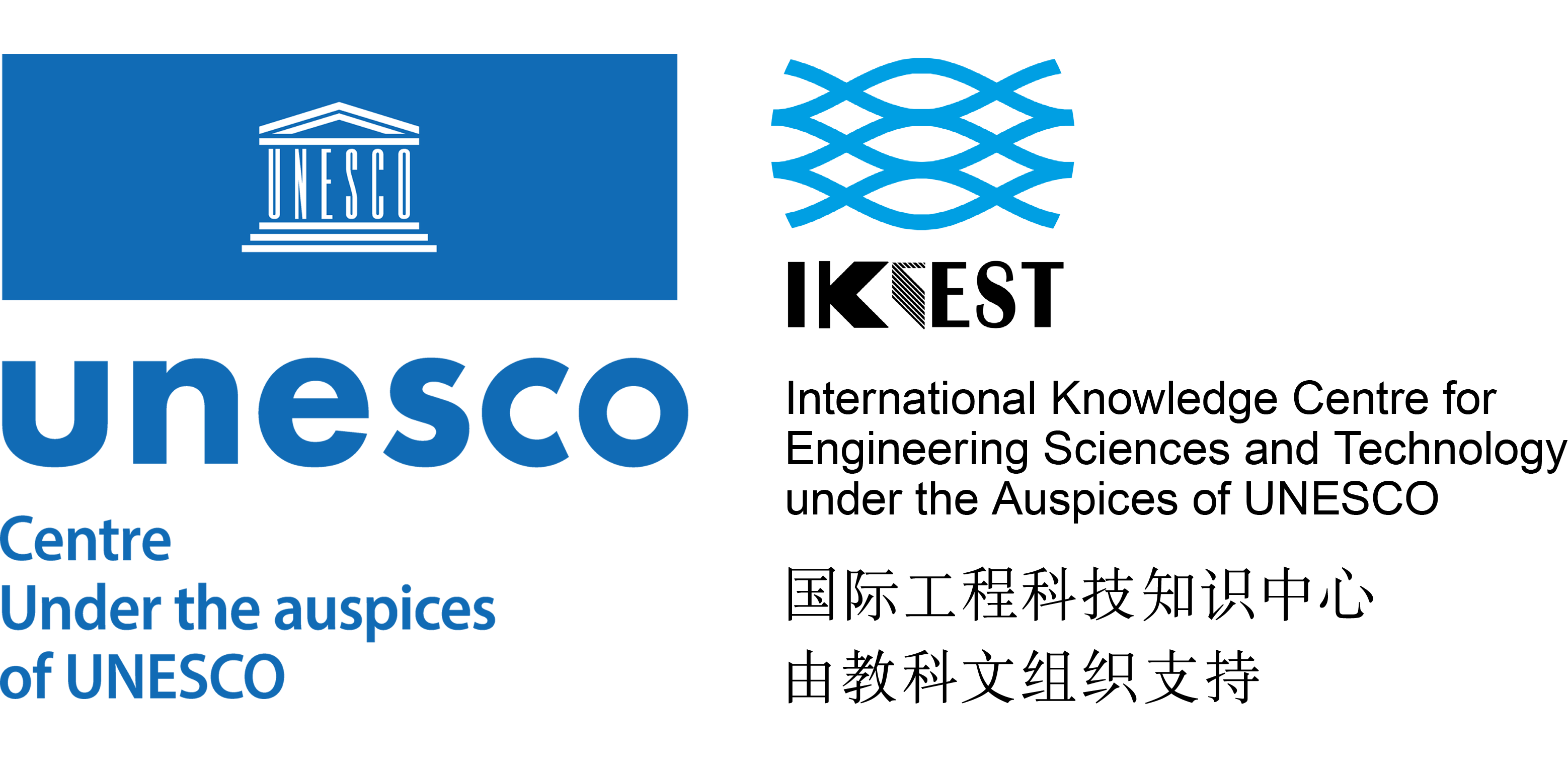Journal
Please choose volume & issue:
- IEEE AWPL Special Cluster 2025 on “Advances on Near-Field Electromagnetic Field for Integrated Sensing and Communication Systems”
-
IEEE AWPL Special Cluster 2025 on “Electromagnetic Scattering Technologies for Smart Environments and Internet of Things (IoT)”
Keywords:Internet Of Things
-
IEEE AWPL Special Cluster 2025 on “Terahertz Antennas for 6G and Beyond: Innovative Design, Manufacturing, and Advanced Applications”
Keywords:Terahertz
- IEEE AWPL Special Cluster 2025 on “Reconfigurable and Multifunctional Electromagnetic Surfaces for Emerging Wireless Systems”
- IEEE AWPL Special Cluster 2025 on “Emerging Beam Steering Technologies of Antenna Systems for Millimeter-wave and Beyond Communications”
- IEEE AWPL Special Cluster 2025 on “Advanced Integration Designs in Antennas and Arrays Meeting the New Radio Frequencies Demand for Coming 6G Era”
- IEEE AWPL Special Cluster 2025 on “Artificial Intelligence in Design, Optimization and Measurement of Antennas and Periodic Structures”
- IEEE AWPL Special Cluster 2025 on “Measurement and Metrology Theory and Technologies for Future 6G Wireless”
- IEEE AWPL Special Cluster 2025 on “Recent Progress on Channel Measurement and Modeling for 6G”
-
Wideband High-Efficiency Slot Array Antenna Based on Gap Waveguide Single-Layer Feeding Network
Keywords:Antenna arraysSlot antennasPower dividersGap waveguideAntenna feedsWidebandBroadband antennasImpedanceAntenna measurementsMillimeter wave communicationAntenna ArrayFeeding NetworkSlot Antenna ArrayGap WaveguideHigh GainManufacturing CostPower DividerArray ElementsImpedance BandwidthEntire BandwidthWideband AntennaFrequency BandReflection CoefficientMetal LayerRadiation PatternImpedance MatchingMicrostripAntenna GainInput PortPlanar AntennaHigh-gain AntennaAntenna EfficiencySubstrate Integrated WaveguideSimulated Reflection CoefficientE-plane groove gap waveguidegap waveguidehigh gainridge gap waveguidesingle layerslot array antennawidebandAbstracts:A single-layer, full metal, wideband, and high-efficiency slot array antenna operating in V band [(50 to 75) GHz] is proposed using a single corporate-feeding network based on gap waveguide (GW) technology. Compared with conventional multilayered slot array antenna, the proposed antenna utilizes only one waveguide feeding layer to excite the radiation slots; therefore, the assembly complexity of multilayer waveguide and manufacturing cost is greatly decreased. The proposed 16 × 16 slot array antenna consists of four 64-element smaller array antennas in which all radiation slots are fed by an E-plane groove gap waveguide (EGGW). Power division in each of the 8 × 8 element array antenna is realized by a wideband combined ridge and EGGW power divider. Two wideband E-plane groove gap waveguide T-junctions have been used to connect all four 64-element subarray antennas with proper phase and equal amplitude together to obtain higher gain. The final 16 × 16 slot array antenna has a peak gain of 32 dBi gain and about 36% impedance bandwidth at V band. Also, the full metal antenna array has an average efficiency of 80% over the entire bandwidth of 50 GHz to 72 GHz.
Hot Journals
- Risk Breakdown Matrix for Risk-Based Inspection of Transportation Infrastructure Projects
- Social Control in Outsourced Architectural and Engineering Design Consulting Projects: Behavioral Consequences and Motivational Mechanism
- 2022 Best Paper Award
- Hold-Ups and Failures in Negotiated Order: Unearthing the Nuances of Rework Causation in Construction
- Prevalence and Risk Factors for Poor Mental Health and Suicidal Ideation in the Nigerian Construction Industry
- CFRP–Cable-Stayed Bridge Hybrid with Partial Suspension and a Span Exceeding 3,000 m: Concept, Optimization, and Construction
- Impact of Wind Load Characteristics on Computed Bridge Stay-Cable Forces Used for Bridge Health Monitoring
- Weak-End and Frequency Detection of Elastically Supported Bridges by Contact Residual Response of Two-Axle Test Vehicle in a Round Trip
- Development of Performance-Based Fragility Curves of Coastal Bridges Subjected to Extreme Wave-Induced Loads
- An Analytical Model to Evaluate Short- and Long-Term Performances of Post-Tensioned Concrete Box-Girder Bridges Rehabilitated by an Ultrahigh-Performance Concrete Overlay
- Three-Dimensional Velocity Distribution in Straight Smooth Channels Modeled by Modified Log-Law
- Experimental Investigation on Flow Past Two and Three Side-by-Side Inclined Cylinders
- An Experimental Investigation of Rotor–Box Aerodynamic Interaction 1
- Modeling Gas–Liquid Flow Between Rotating and Nonrotating Annular Disks
- Entry Length Requirements for Two- and Three-Dimensional Laminar Couette–Poiseuille Flows
Advanced Materials (3,745)
- Structured Perovskite Light Absorbers for Efficient and Stable Photovoltaics
- Strategies for High‐Performance Solid‐State Triplet–Triplet‐Annihilation‐Based Photon Upconversion
- Atomic Engineering Catalyzed MnO2 Electrolysis Kinetics for a Hybrid Aqueous Battery with High Power and Energy Density
- Crystal Adaptronics: Global Performance Indices for Dynamic Crystals as Organic Thermal Actuators (Adv. Mater. 20/2020)
- Enlightening Materials with Photoswitches
Acta Astronautica (1,768)
- Mixed-integer trajectory optimization with no-fly zone constraints for a hypersonic vehicle
- Adaptive control design for active Pogo suppression of large strap-on liquid launch vehicles
- Machine learning based approach for modeling and forecasting of GPS–TEC during diverse solar phase periods
- Effect of two-dimensional micro-cavity surface on hypersonic boundary layer
- Investigation on burning behaviors of aluminum agglomerates in solid rocket motor with detailed combustion model








 User Center
User Center My Training Class
My Training Class Feedback
Feedback





